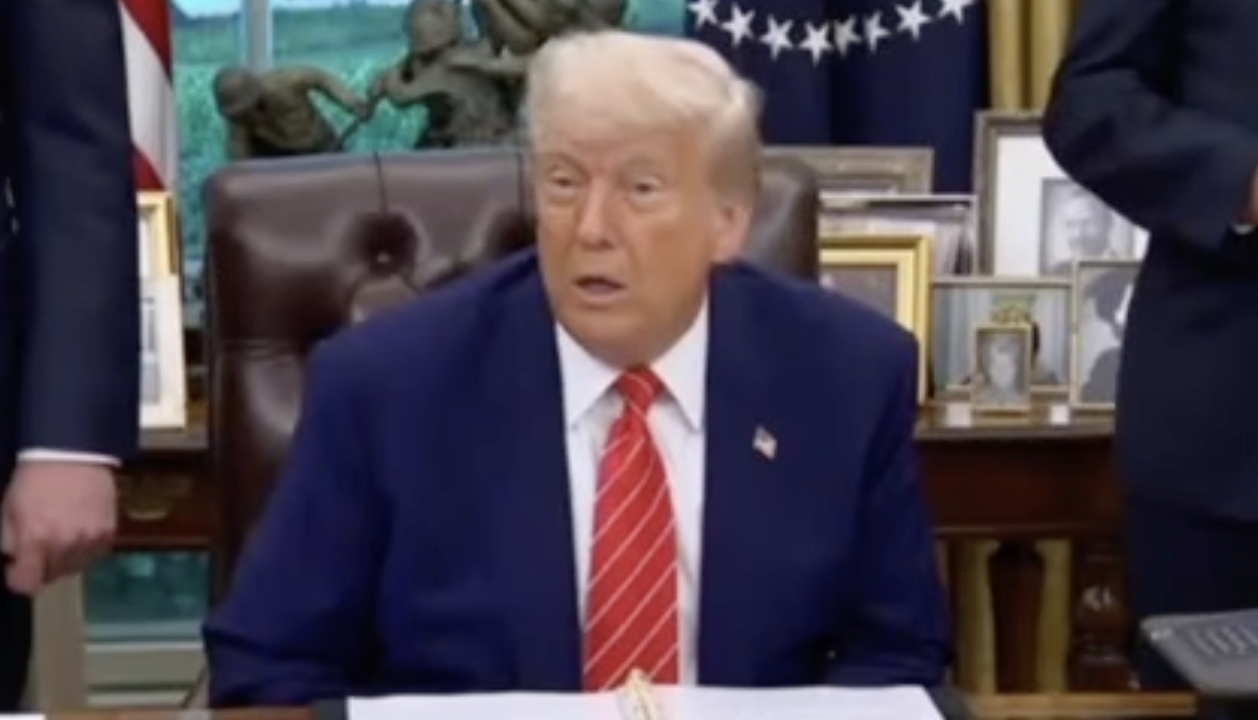Sweeping Medicare Drug Pricing Reform Under Review
Washington, D.C. – The U.S. government is weighing a bold new plan to curb prescription drug costs, with a particular focus on medications covered under Medicare. According to officials familiar with the discussions, the proposal would link the prices of select prescription drugs to those paid in other developed countries—where the same medicines often cost a fraction of their U.S. price.
The approach, known as a “most favored nation” pricing model, is designed to reduce the stark disparity between American drug prices and those abroad. If adopted, it would mark one of the most significant federal interventions in pharmaceutical pricing in decades. Sources indicate the policy could be advanced through executive order as early as next week, signaling the administration’s intent to move swiftly.
Renewed Focus on Soaring Healthcare Costs
The push comes at a time when healthcare affordability remains a top concern for millions of Americans, particularly seniors on fixed incomes and patients with chronic illnesses who rely heavily on Medicare. While officials have not yet provided specifics, the administration has teased a “major announcement” on healthcare reform that is both “significant and urgent.”
This isn’t the first time such an initiative has surfaced. A similar effort in previous years stalled amid regulatory complications and heavy opposition from the pharmaceutical lobby. Despite those setbacks, momentum for reform has grown, fueled by widespread frustration over the United States paying the highest drug prices in the world.
Industry Resistance and Legal Hurdles
Pharmaceutical companies are expected to challenge the move aggressively, warning that tying U.S. drug prices to international benchmarks could undermine research and development funding. Industry representatives argue that lower profits would stifle innovation and limit the ability to bring new, life-saving drugs to market.
Legal experts also caution that the proposal could encounter significant hurdles in court. Earlier attempts at drug-pricing reform were struck down due to procedural flaws, leaving questions about whether a revised model would withstand judicial scrutiny.
What Comes Next?
If implemented by executive action, the policy would likely undergo a public review process to outline which drugs qualify for the new pricing rules, how international benchmarks would be calculated, and the timeline for implementation. Analysts expect the plan to initially target some of the most expensive drugs in the Medicare system, where cost burdens are especially high.
Health policy experts note that, even with anticipated pushback, the proposal reflects mounting political pressure to bring U.S. drug prices closer to global norms. For patients and families struggling with unaffordable prescriptions, the stakes could not be higher.
As the White House prepares its next move, millions of Americans are watching closely—hoping that long-promised reforms may finally deliver meaningful relief at the pharmacy counter.

